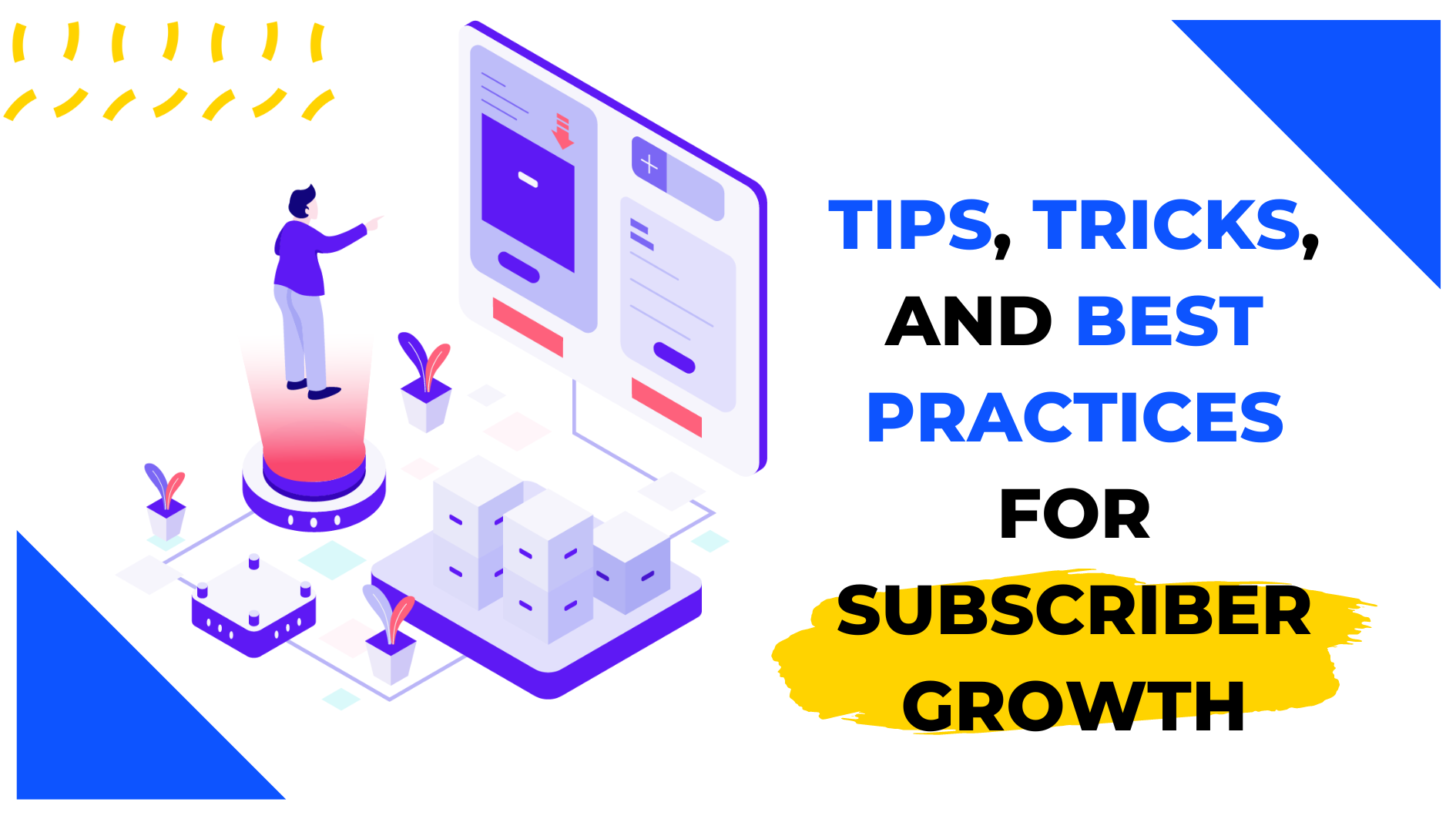For those involved in email marketing, opt-in pages are essential for increasing the number of subscribers and nurturing leads that are valuable. With a well-designed opt-in page, you can not only improve conversion rates but also establish trust with your intended audience. That’s why we’re spending time today to offer expert advice on how to excel in creating opt-in pages that will help drive subscriber growth. An opt-in page, also known as a squeeze page or landing page, is a standalone web page designed to collect email addresses from potential subscribers in exchange for something valuable, such as access to premium content, a free trial, or a newsletter subscription. To create an effective opt-in page, you’ll need to focus on the following components: A compelling headline is crucial for grabbing your visitors’ attention. Make sure it clearly communicates the value proposition, such as “Unlock Exclusive Industry Insights: Join Our Mailing List Today!” Your copy should also be persuasive and concise, focusing on the benefits of subscribing. You can use bullet points or numbered lists to make it easily digestible. For example, mention that by subscribing, users will get access to: Visual elements, such as high-quality images, illustrations, or videos, are important for complementing your message and encouraging visitors to engage with your content. Showcasing a preview of your premium content or incorporating a relevant infographic can make your opt-in page more appealing as well. Your CTA should be prominently displayed and use action-oriented language like “Sign Up Now” or “Get Instant Access.” Additionally, to ensure higher conversion rates, keep the number of form fields to a minimum, asking only for necessary information (e.g., name and email address). Optimizing your opt-in page using proper design techniques is a must. With that in mind, following these best practices should serve you well: Audience segmentation is crucial for creating targeted and personalized opt-in pages. By tailoring your opt-in page for different target groups, you can enhance the user journey and maximize subscriber growth. Let’s explore these concepts in more detail now. Personalize the content of your opt-in page to match different target groups. For example, if you’re targeting digital marketers, highlight premium content related to digital marketing trends and strategies. You should also consider incorporating visuals that resonate with each segment’s preferences and interests. To attract more visitors to your opt-in page, implement promotion strategies such as organic search optimization (SEO), paid advertising (PPC), social media marketing, and content marketing. Let’s discuss these in more detail now: Monitor key performance indicators (KPIs) to assess the effectiveness of your opt-in page. Some important KPIs include: Analyze user data and feedback to identify potential areas for improvement in design, content, or other aspects of your opt-in page. Implement changes as needed to maximize conversions. Mastering opt-in pages is essential for B2B business owners and marketing managers looking to grow their subscriber lists and nurture valuable leads. By implementing the tips, tricks, and best practices discussed here today, you can create high-converting opt-in pages that effectively engage your target audience.Opt-In Pages Mastery: Tips, Tricks, and Best Practices for Subscriber Growth

Fundamentals of Opt-In Pages
Tips and Tricks for High-Converting Opt-In Pages
Best Practices for Opt-In Page Design
Segmentation and Personalization
Opt-In Page Promotion Strategies
Measuring Opt-In Page Success
Getting the Most Out of Your Opt In Pages
With Just Digital,
Success is Easy-Peasy Lemon-Squeezy.
When life gives us lemons, we generate results. Contact us today and we can start making lemonade.






